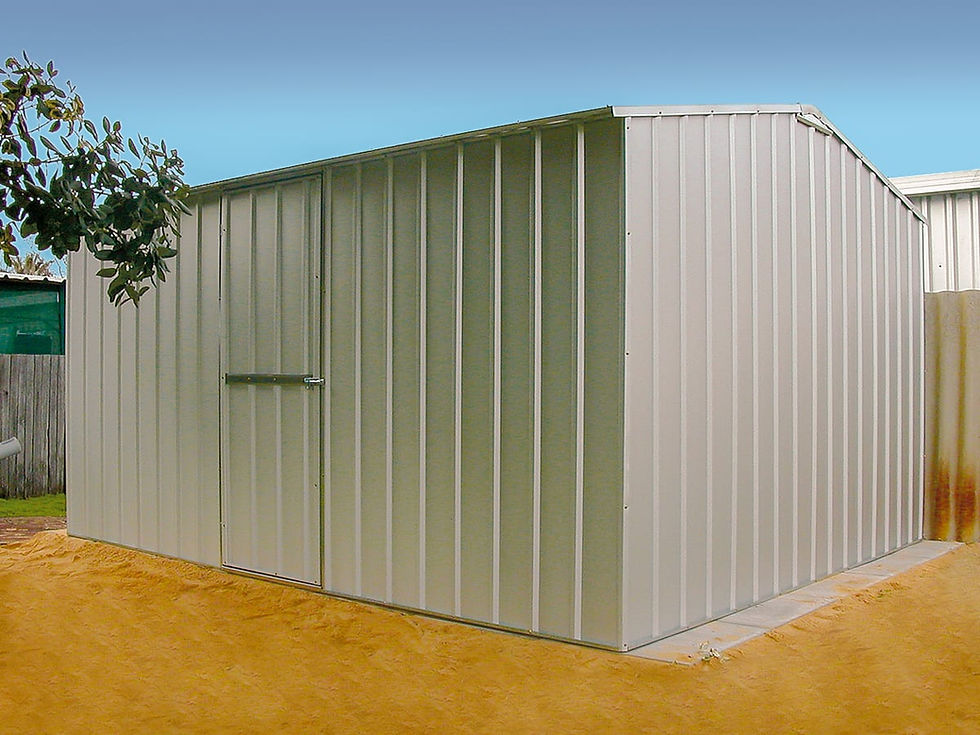Attaining Fresh Air: How Heating and Cooling Systems Dictate Indoor Air Quality
- Oliva Wilson
- Nov 9, 2023
- 3 min read
Getting started - picture this, in the heart of winter, there is nothing more comforting than the welcoming hum of your heater. Or on a scorching summer day, the delightful bliss ensuing from the modern marvel - the air conditioner. But have we ever paused and pondered upon how these systems affect our indoor air quality? Is it possible that these pillars of comfort could be silently influencing our health? An intriguing query, isn’t it? Operating behind the scenes, these systems can significantly impact indoor air quality - a topic we are set to explore and demystify in this blog post.
Our living or workspaces are spaces of continual comfort, spaces that offer a controlled environment against the vagaries of ever-changing weather conditions. Behind this comfort though, are our heating and cooling systems which don’t just control temperature but also influence the air we breathe. From the potential health implications to its overall impact on our indoor environment, understanding the connection between these systems and air quality proves vital. For every homeowner, tenant, or office worker, it’s time to delve deeper, learn more, and take control of your indoor air quality.
Shedding Light on the Intricate Connection
Why does one need to concern oneself with the heating and cooling systems in place? How intricately are these systems connected with the air quality indoors? Ventilation, arguably the most critical factor in determining indoor air quality, relies heavily on our systems of heating and cooling. They not only regulate the influx of fresh air but also impede the penetration of pollutants from external sources. This dynamic relationship is overlooked more often than not, and acknowledging this connection prepares us for mitigating potential adverse effects.
Hidden Pollutants and Their Insidious Entry
What are the sources of these indoor air pollutants, and how do they sneak in? As uncanny as it sounds, our heating and cooling systems can inadvertently introduce pollutants into our homes. From harmless dust to the potentially harmful mold, these systems are not always as innocuous as they appear. Mold spores, for instance, find an ideal breeding ground in damp, cool air ducts. Knowing where these pollutants lurk, and how they find their way, will enable us to take preventative measures and preserve good air quality.
Health Implications: The Unseen Consequences
Do these heating and cooling systems pose health hazards? If so, how can one be aware and take action? When ventilation is compromised, it can cause severe issues - allergies, respiratory disorders, and even lead to a weakened immune system. Thus understanding the workings and the potential pitfalls of your heating and cooling systems is vital. The connection is undeniable - when you know better, you can prevent better.

Allies in Disguise - Regular Maintenance
With this multitude of concerns, how can we ensure our systems are allies and not adversaries? Routine maintenance is pivotal in assuring your heating and cooling systems favor good air quality. Clean ducts, timely filter replacements, and periodical checks convert your systems into guardians of your good health and well-being!
Advanced Systems: A Step toward Healthier Indoors
What advancements in these systems have been made to improve air quality? Today, we see the advent of advanced HVAC systems crafted with superior components and filters. These systems, designed with a focus on enhancing air quality, alleviate concerns about filters allowing pollutants into your homes.
Taking the Leap towards Better Air Quality
What can you, as a homeowner or tenant, do to ensure optimum air quality? Turn your spaces into havens of clean and fresh air by the simple act of better understanding, mindful choosing, and responsible maintaining. Knowledge is at the heart of this transformation.
In Conclusion
Peeling back the layers of heating and cooling systems revealed their profound effect on indoor air quality. Now equipped with this knowledge, we hold the power to transform our homes and workplaces into healthier environments. It is imperative to take this insight onboard, utilize it as we manage our living spaces. The warmth of the heater or the coolnes of an air conditioner are no longer just facets of comfort, they are gatekeepers to our health. Unfolding this dynamic connection is not just a revelation but a call to action. Understand, question, and ensure that our personal spaces become sanctuaries of comfort and health. Let us ally with our heating and cooling systems, altering the narrative from silent operators to staunch protectors of our indoor environments.








Comments